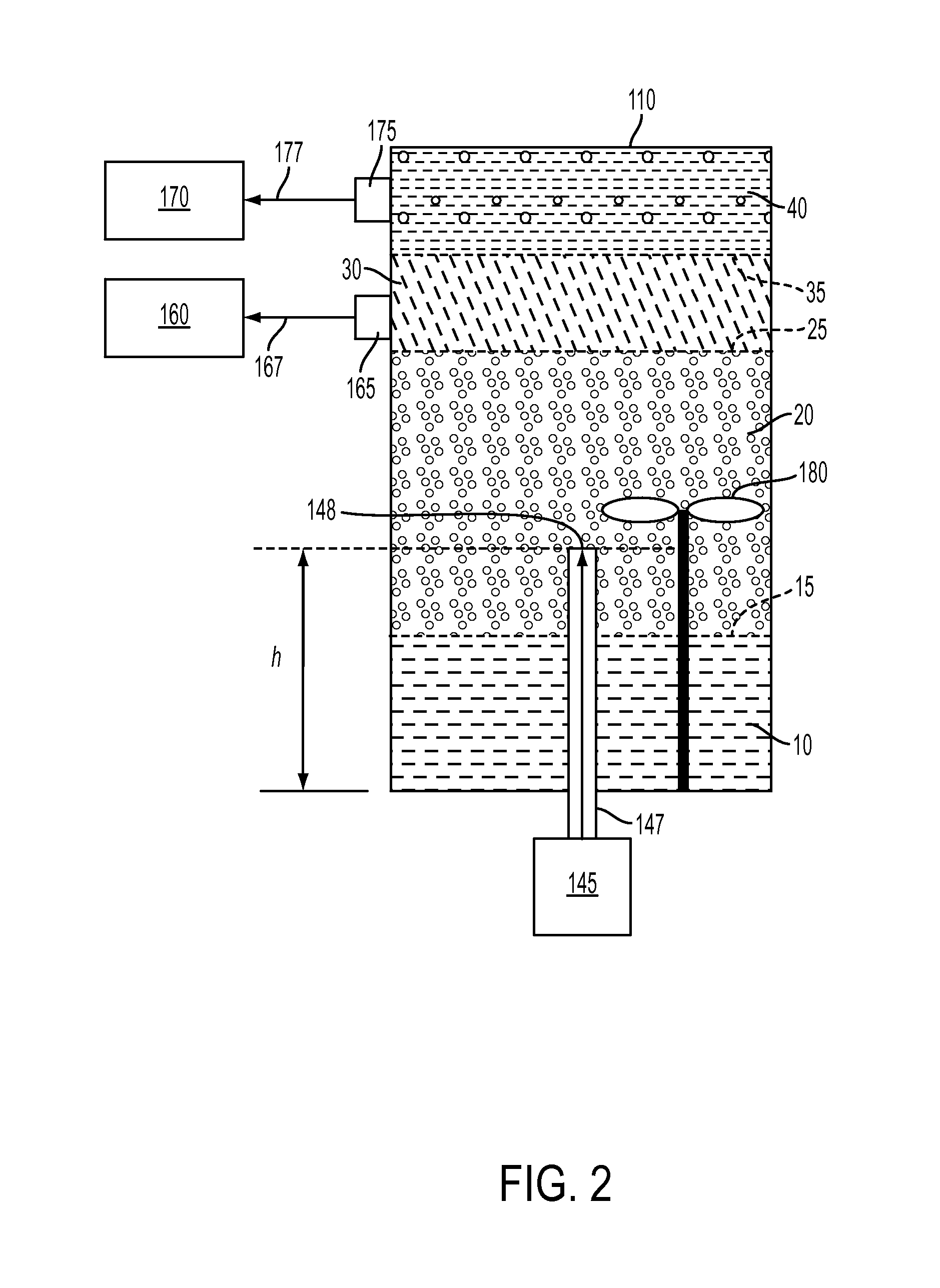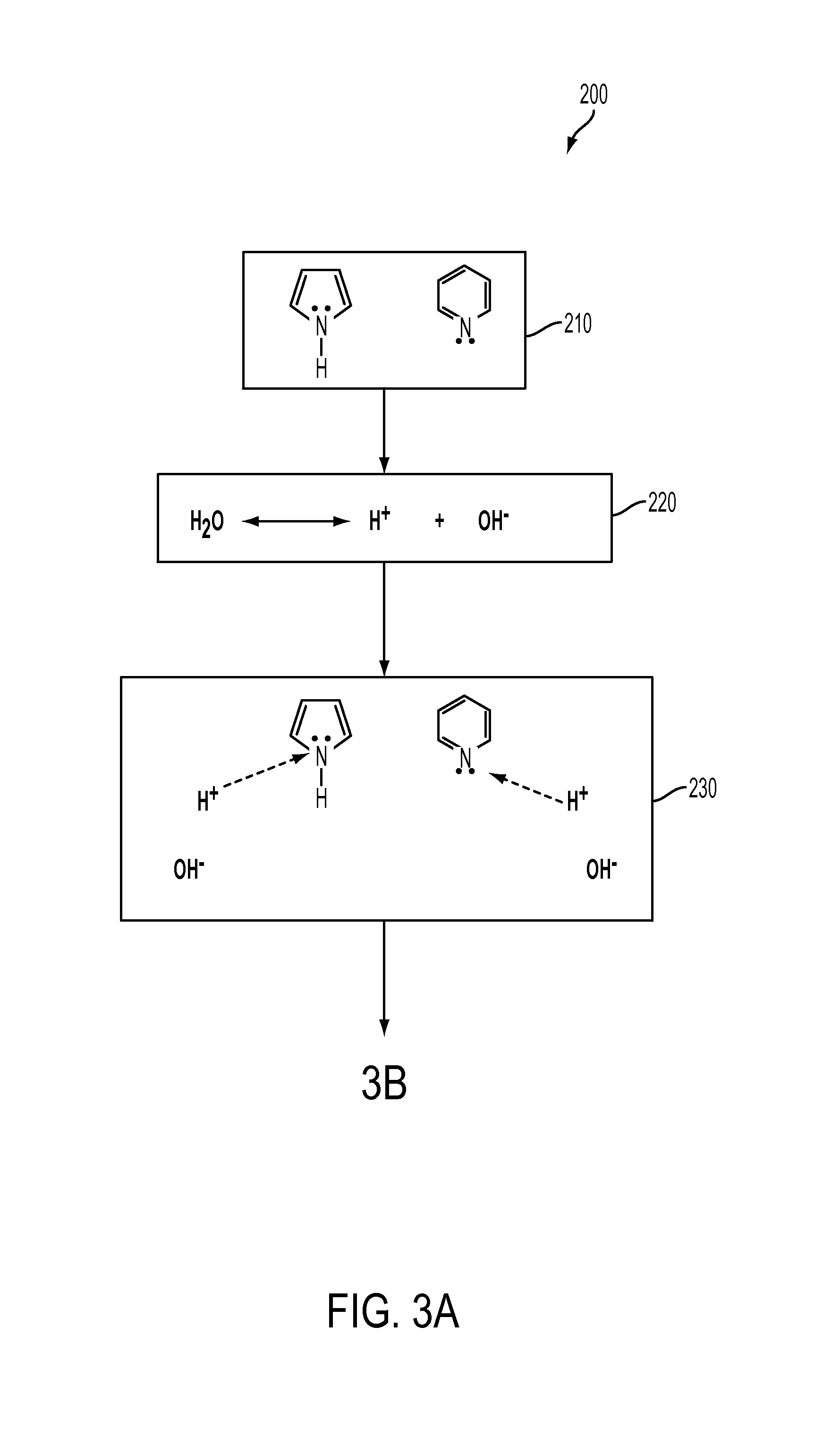Demulsification of emulsified petroleum using carbon dioxide and resin supplement without precipitation of asphaltenes
a technology of emulsified petroleum and carbon dioxide, which is applied in the field of petroleum processing, can solve the problems of increasing the need to address the concerns related to heavy crude oil, the need for attention cannot be avoided, and the asphaltene agglomeration or precipitation is notorious for fouling or clogging production equipment, and achieves the effect of facilitating the rupture of the resin-supplemented emulsion
- Summary
- Abstract
- Description
- Claims
- Application Information
AI Technical Summary
Benefits of technology
Problems solved by technology
Method used
Image
Examples
Embodiment Construction
[0014]Reference will now be made in detail to embodiments of methods for demulsifying an emulsified petroleum source having a predetermined resin-to-asphaltene ratio without substantial aggregation or precipitation of asphaltenes. The methods for demulsifying an emulsified petroleum source will be described with reference to FIGS. 1 and 2, which illustrate an exemplary system configuration that may be used to carry out the demulsification method according to embodiments herein. Though the system of FIGS. 1 and 2 are provided as exemplary, it should be understood that the methods for demulsifying the emulsified petroleum source according to embodiments herein may be carried out using systems or apparatus of other configurations.
[0015]In the methods for demulsifying a petroleum source, unique properties of subcritical and supercritical carbon dioxide are exploited by introducing the carbon dioxide into an oil-in water (o / w) emulsion, a water-in-oil (w / o) emulsion, or other emulsions s...
PUM
| Property | Measurement | Unit |
|---|---|---|
| oil temperature | aaaaa | aaaaa |
| temperature | aaaaa | aaaaa |
| pressure | aaaaa | aaaaa |
Abstract
Description
Claims
Application Information
 Login to View More
Login to View More - R&D
- Intellectual Property
- Life Sciences
- Materials
- Tech Scout
- Unparalleled Data Quality
- Higher Quality Content
- 60% Fewer Hallucinations
Browse by: Latest US Patents, China's latest patents, Technical Efficacy Thesaurus, Application Domain, Technology Topic, Popular Technical Reports.
© 2025 PatSnap. All rights reserved.Legal|Privacy policy|Modern Slavery Act Transparency Statement|Sitemap|About US| Contact US: help@patsnap.com



